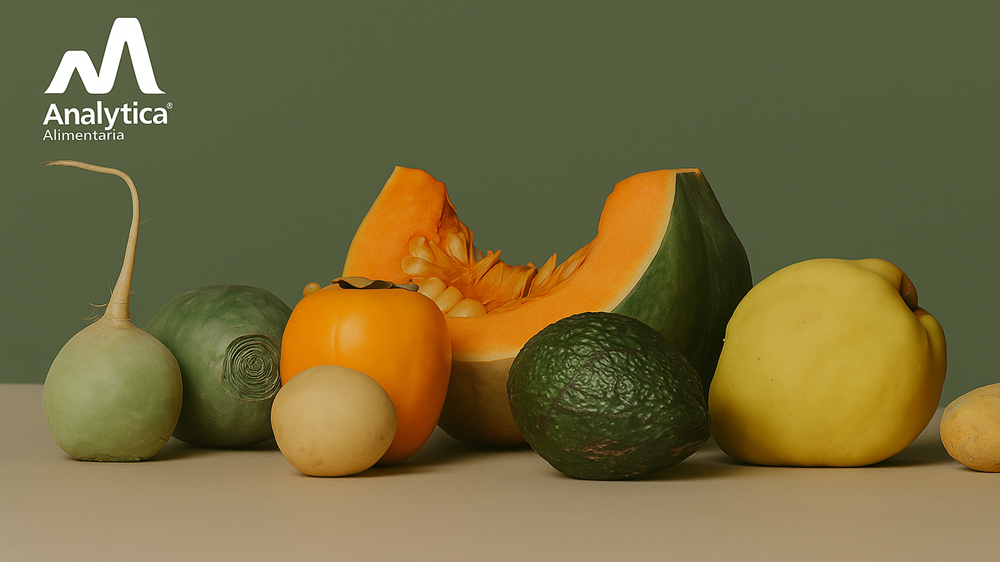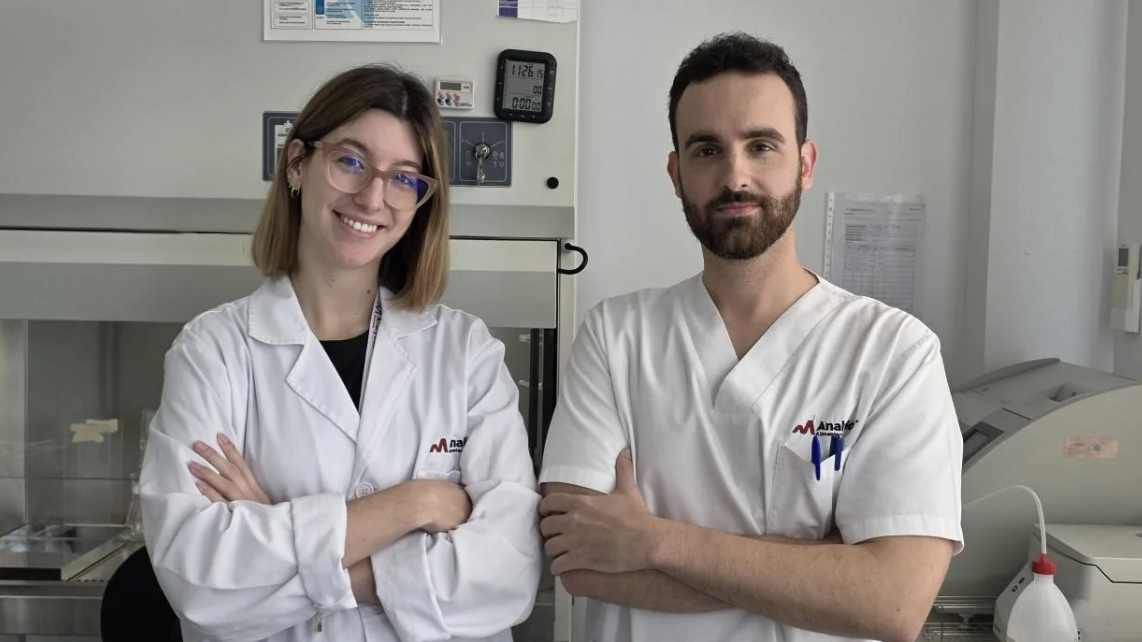Measurements
Multi-Method Polar Substances for More Safety & Lower Costs
With the intent of improving food safety and transparency in marketing fruits and vegetables, Analytica Alimentaria has developed a new multi-method for polar substances, facilitating the simultaneous determination of chlorates, perchlorates, ethephon, fosetyl-Al and phosphonates. The new method enables an efficient and cost-effective detection of these contaminants and pesticides. Background For years now, the monitoring of chlorates, perchlorates, ethephon, fosetyl-Al, and phosphonates has routinely been a part of the analysis programs of official laboratories in Germany and it has been shown that these substances are frequently present in many fruit and vegetable products. Since these substances can only be determined by specialized methods, it is impossible to include them into the multi-
28 August, 2017
With the intent of improving food safety and transparency in marketing fruits and vegetables, Analytica Alimentaria has developed a new multi-method for polar substances, facilitating the simultaneous determination of chlorates, perchlorates, ethephon, fosetyl-Al and phosphonates. The new method enables an efficient and cost-effective detection of these contaminants and pesticides. BackgroundFor years now, the monitoring of chlorates, perchlorates, ethephon, fosetyl-Al, and phosphonates has routinely been a part of the analysis programs of official laboratories in Germany and it has been shown that these substances are frequently present in many fruit and vegetable products. Since these substances can only be determined by specialized methods, it is impossible to include them into the multi-residue analyses. Nevertheless, these procedures are essential in terms of food safety and in meeting the legal guidelines of product-marketing. SubstancesIn the past, chlorate was classified as a pesticide, but to this day the regulatory framework for the classification of this substance has not been clearly defined. There are, however, some reference parameters for its use, based on the potential toxicity of chlorates. Consequently, the major supermarket chains have established their own specifications for the protection of their customers. Perchlorate is considered a contaminant, with no legal regulation governing its use in the European Union; therefore, the guidelines set by the Standing Committee on the Food Chain and Animal Health (SCoFCAH) are used as a reference point. Fosetyl-Al and its metabolites, the phosphonates, whose residues are present in many products, are critical, since in many cases very low maximum levels were set for the total sum of these substances. Phosphonates can also be used independently from fosetyl-Al and were used in the past as plant strengtheners or fertilizer. Phosphonate residues are extremely persistent and can often still be detected years later in perennial crops. The substance ethephon is also relevant, since it is necessary to monitor its frequently occurring residues in red grapes. Some years ago, there were serious problems caused by the use of ethephon as a non-approved ripening accelerator in peppers. Individual methodsAnalytica Alimentaria has played a pioneering role in the development of new analytical methods for detecting chlorates and perchlorates, and contributed significantly to enabling the identification of the main sources of contamination. We demonstrated that the primary source of chlorates was disinfected irrigation water, whereas perchlorates can be found in certain mineral fertilizers (Analytica Alimentaria Customer Information, October 2014). At the same time, with our findings, we were able to have a constructive influence on the European Commissions decision to classify these substances as contaminants instead of pesticides. In 2011, Analytica Alimentaria developed its own method for the detection of ethephon, making it possible for our customers to meet the legal requirements and thus ensure greater food safety (Analytica Alimentaria Customer Information, 2011). The new Multi-Method Polar SubstancesThe aforementioned substances have something in common: they are all so-called polar substances; this means that, due to their specific chemical properties, it is difficult to detect and extract them together with other pesticide residues. Special solvents and analytic columns, specifically designed for separating polar compounds, are required for a reliable analysis. In response to the rising demand for analyzing a number of these substances at the same time, Analytica Alimentaria has been investigating the possibility of developing one common analytic method suitable for all of them. Thanks to the great progress made in the sensitivity of our analytical instruments and, as a consequence of the numerous tests carried out in our laboratories, we have developed and validated the new Multi-Method Polar Substances, which now forms part of our accreditation range, according to ISO/EC 17025 (as of April 2017). Thanks to this new method, we are now able to deal with five highly polar substances in one single analytical program. Safety and TransparencyThe advantages of this method are obvious:- It represents an enormous saving of time, since several individual analytic processes are now reduced to one single step. This allows the analysis to be carried out just as flexibly and as fast as the multi-residue analyses.- It means an important cost saving, since the equipment for the LC/MS-MS analyses can be used significantly more efficiently. Our new Multi-Method Polar Substances provides our customers with more security and more transparency in the marketing of their fruit and vegetable products.












